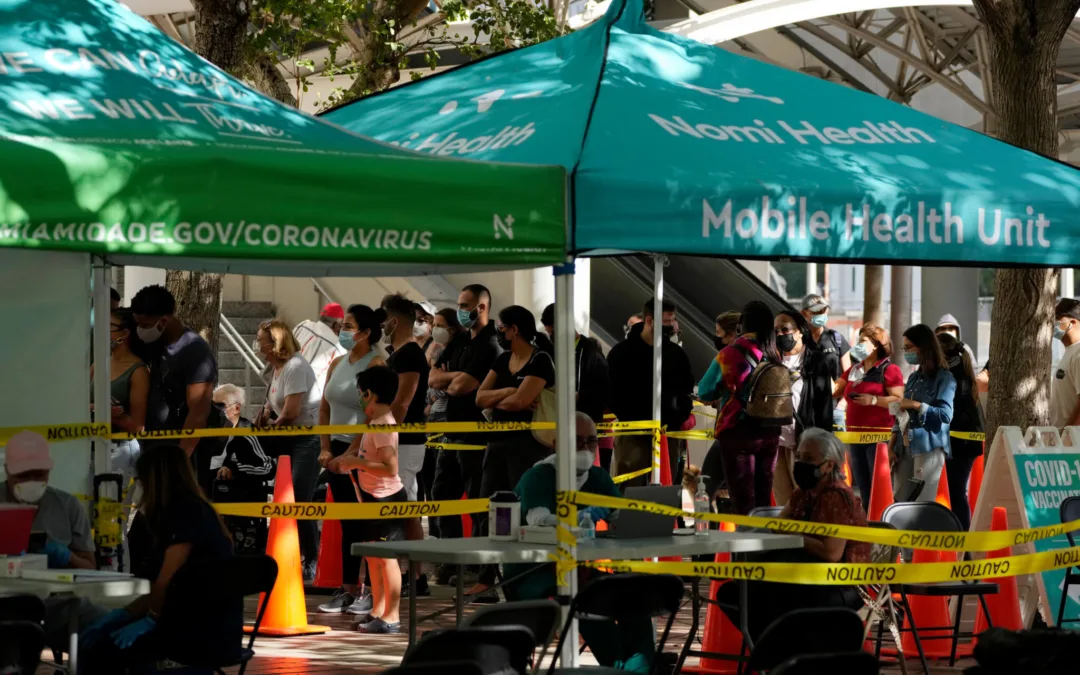
Image via Pexels by Laura Stanley
Without money and fearful of COVID-19 infections, students are changing their college plans at alarming rates, leading some institutions to close for good.
About 20 million students were expected to go to college in the fall of 2020 at over 6,000 higher education institutions across the United States, but the COVID-19 pandemic is crashing trends and prospects.
The pandemic has created a perfect storm for colleges and universities, which are struggling to project enrollment, manage their finances, and plan for the new school year. Some institutions have already made the hard decision to close their doors for good.
RELATED: What Does the College Choice for Latino Families Look Like in a Pandemic World?
Recently MacMurray College, a small college in rural Illinois, announced it would close at the end of the spring 2020 semester. MacMurray was serving 550 students, a quarter of which were ethnically diverse, with small classrooms. MacMurray’s situation is similar to that of Holy Family College in Wisconsin and Urbana College in Ohio—all heavily dependent on tuition to remain afloat.
Elsewhere, the San Francisco Art Institute—alma mater to Kehinde Wiley, who was made famous in 2018 for his stunning portrait of President Barack Obama—has hardly weathered the storm. With some 200 undergraduate students, the institute appeared to be heading in the direction of closing after the spring semester, but it recently announced that it intends to fight for its survival.
New business models, layoffs, and evolved programs are its best bet to work through a debt of over $19 million and a failed attempt to merge with another institution amid the pandemic.
RELATED: They Had a Plan for Their Future. Then Coronavirus Happened.
The fate of these institutions might not seem that far-reaching. Collectively, a few thousand students can find new homes at comparable institutions.
From community colleges with affordable and close-to-home offerings, to the handful of Ivy League schools, students planning to attend college in the United States have many options. Higher education institutions in the country have gained such prominence to attract more than 1 million international students annually.
However, the pandemic is causing all institutions to face financial challenges given their increased dependency on tuition. They need students enrolled and paying for their education.
Even state universities are increasingly dependent on tuition dollars to operate. For more than half of the states, tuition revenue at state institutions comprises more than 50 percent of their revenues. This means that institutions are more and more dependent on out-of-pocket money or student loans from students, as opposed to state taxes funding, to pay for faculty and staff salaries and to keep things afloat.
If the COVID-19 crisis results in reductions in funding for state higher education institutions, this could mean less financial aid and supports for low-income and underrepresented students.
RELATED: Students With Debt Could See Relief — But They Need To Read The Fine Print
We can already anticipate declines in enrollment by these students.
A recent survey of high school seniors and college students revealed that 10% of high school seniors have changed their plans to go to a four-year college and 26% of previously enrolled students are not planning to return to their current school.
And although more low-income and students of color are going to college in the United States than ever before, largely driven by an increase in Latino students, students of color are also less likely to stick with their college plans due to COVID-19. Forty-one percent of the high school seniors surveyed said that they are unsure or less likely to enroll in the fall, compared to only 24% of their white counterparts.
RELATED: The Effect Of COVID-19 On College Admissions For Latinos
Latinos are still fighting their way to full representation in society, particularly in jobs that present pathways to the middle class. For many, going to college pays off and is an essential element in upward mobility.
Given the disproportionate health and economic impacts of the pandemic on Latinos, the path of least resistance might be to drop off the college path. However, there is no going back to normal after COVID-19.
We must do everything in our power to ensure Latino students planning to go to college stay on the path that they have every right to pursue.
Politics

Teamsters and UPS Reach Tentative Deal to Avoid Strike, 340,000 Workers to Get Raises
The tentative deal represents a huge win for full- and part-time UPS Teamster workers, who would get significant pay raises and better working...



One Republican Senator Is Blocking 265 Military Promotions, Leaving the Marines Without a Confirmed Leader
Sen. Tommy Tuberville's decision means these military officers are not getting the pay raises they’re owed, cannot move their families to wherever...
Local News



Teamsters and UPS Reach Tentative Deal to Avoid Strike, 340,000 Workers to Get Raises
The tentative deal represents a huge win for full- and part-time UPS Teamster workers, who would get significant pay raises and better working...



One Republican Senator Is Blocking 265 Military Promotions, Leaving the Marines Without a Confirmed Leader
Sen. Tommy Tuberville's decision means these military officers are not getting the pay raises they’re owed, cannot move their families to wherever...




